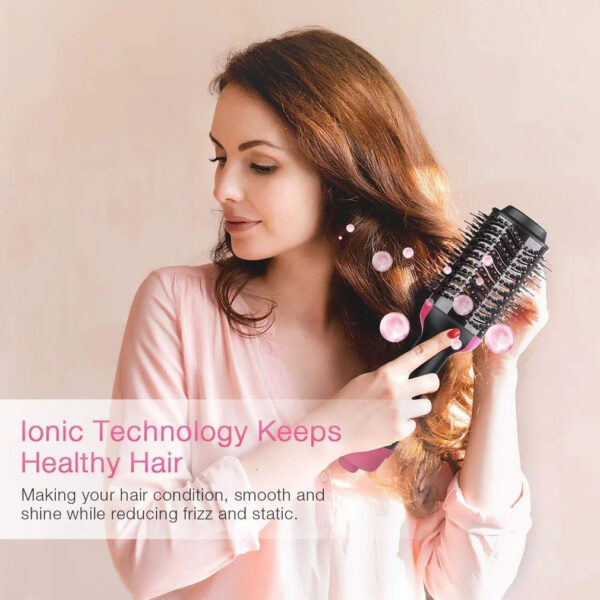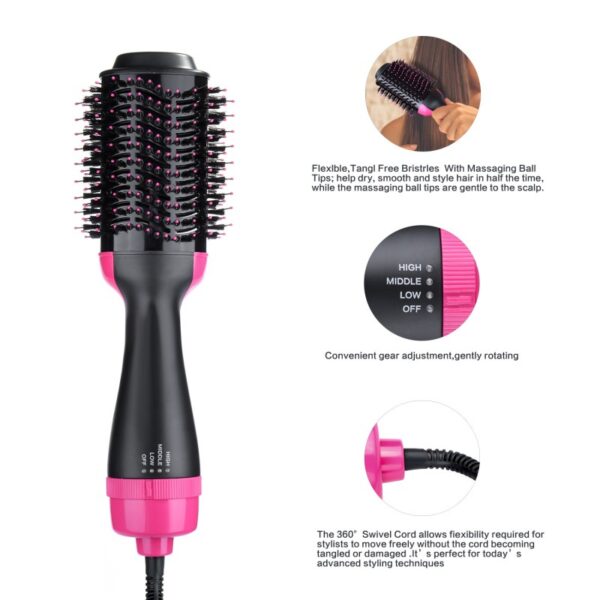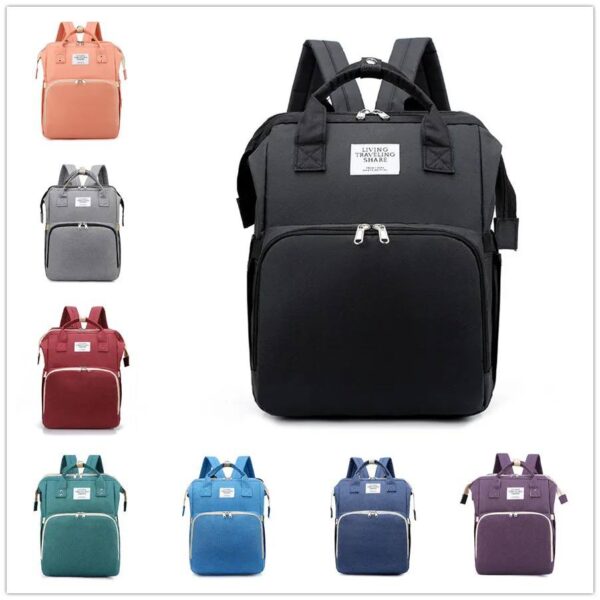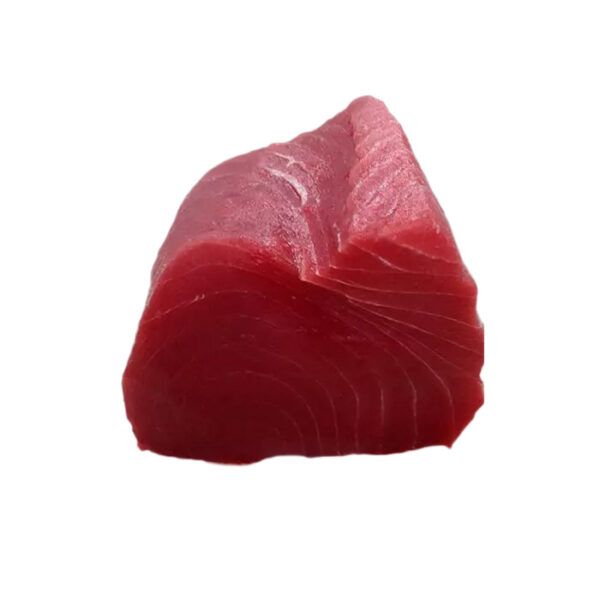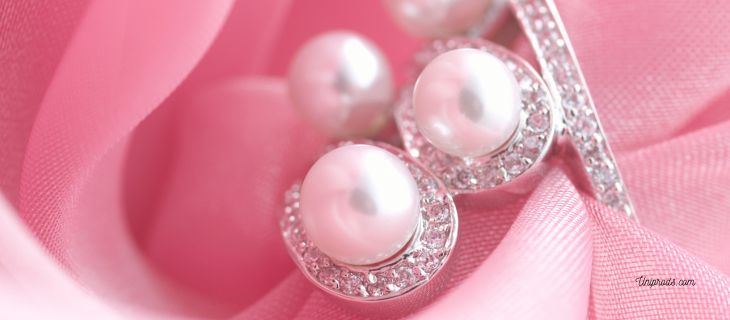Eau de parfum or Eau de toilette?
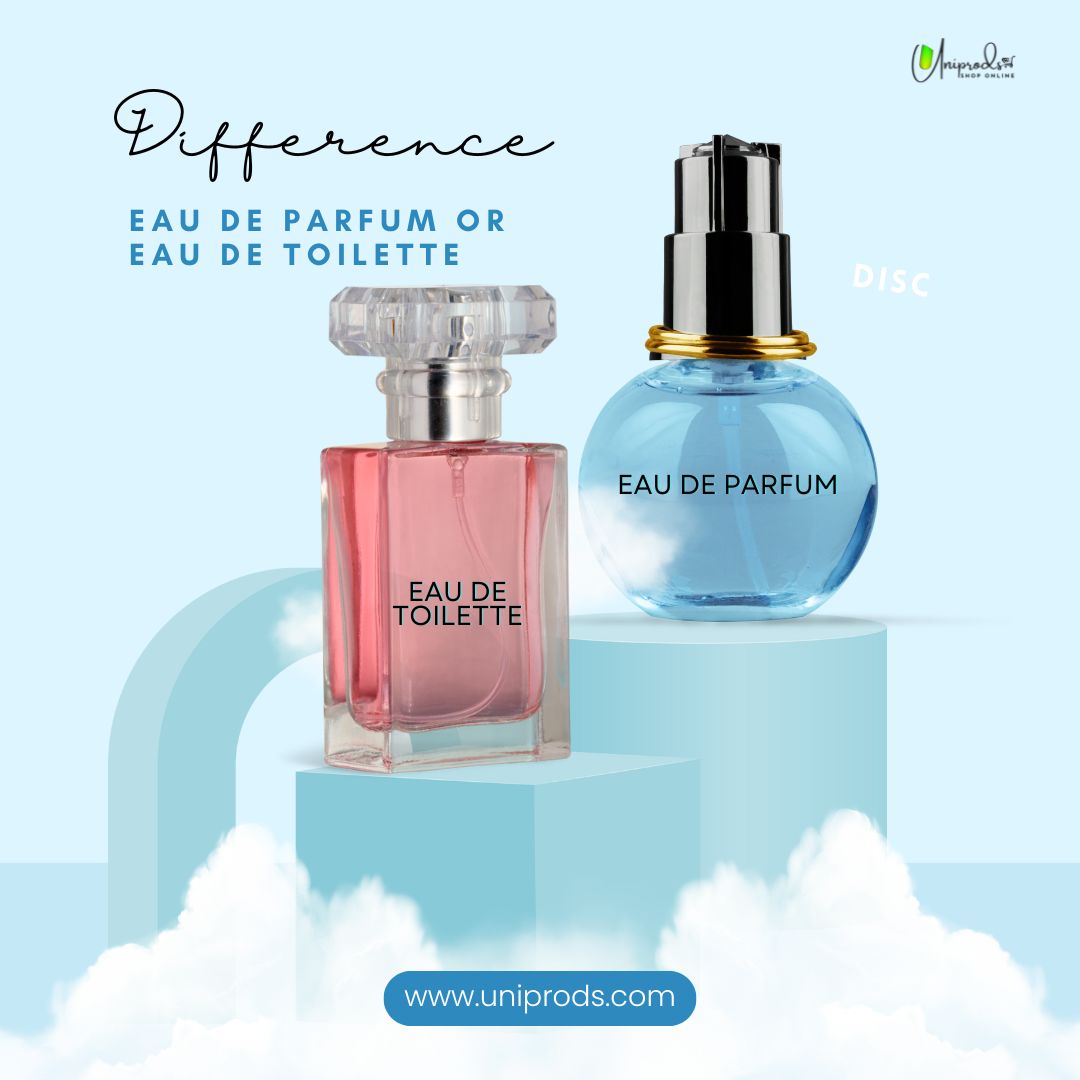
Eau de parfum or Eau de toilette?
Here’s a breakdown of the key differences between Eau de Parfum (EDP) and Eau de Toilette (EDT) to help you choose:
Concentration:
- Eau de Parfum (EDP): Contains a higher concentration of perfume oil (15-20%). This translates to a stronger scent and longer lasting fragrance (around 4-8 hours).
- Eau de Toilette (EDT): Contains a lower concentration of perfume oil (5-15%). This results in a lighter scent that doesn’t last as long (around 2-4 hours).
Price:
- Eau de Parfum is generally more expensive due to the higher concentration of fragrance oil.
Suitability:
- Eau de Parfum: Ideal for evening wear or when you want a long-lasting fragrance. Can be overpowering in hot weather or small spaces due to its strength.
- Eau de Toilette: A good choice for daytime wear or warmer climates. A lighter option for everyday use.
Here’s a quick table to summarize:
| Feature | Eau de Parfum (EDP) | Eau de Toilette (EDT) |
|---|---|---|
| Concentration | 15-20% perfume oil | 5-15% perfume oil |
| Scent Strength | Stronger | Lighter |
| Longevity | 4-8 hours | 2-4 hours |
| Price | More expensive | Less expensive |
| Suitability | Evening wear, long-lasting fragrance | Daytime wear, warmer climates |
Ultimately, the best choice depends on your personal preference, budget, and the occasion.
- perfume concentration
- fragrance strength
- perfume longevity
- scent intensity
- eau de parfum (EDP)
- eau de toilette (EDT)
- perfume oil
- sillage (scent trail)
- top notes
- middle notes
- base notes
- daytime wear
- evening wear
- warm climates
- cool climates
- personal preference
- budget




